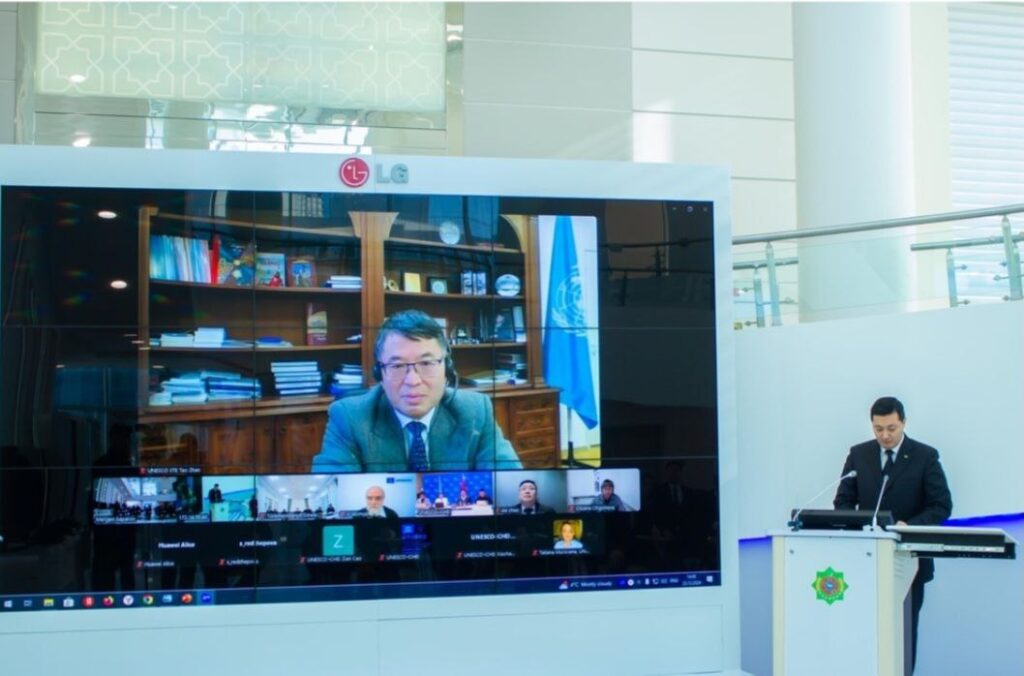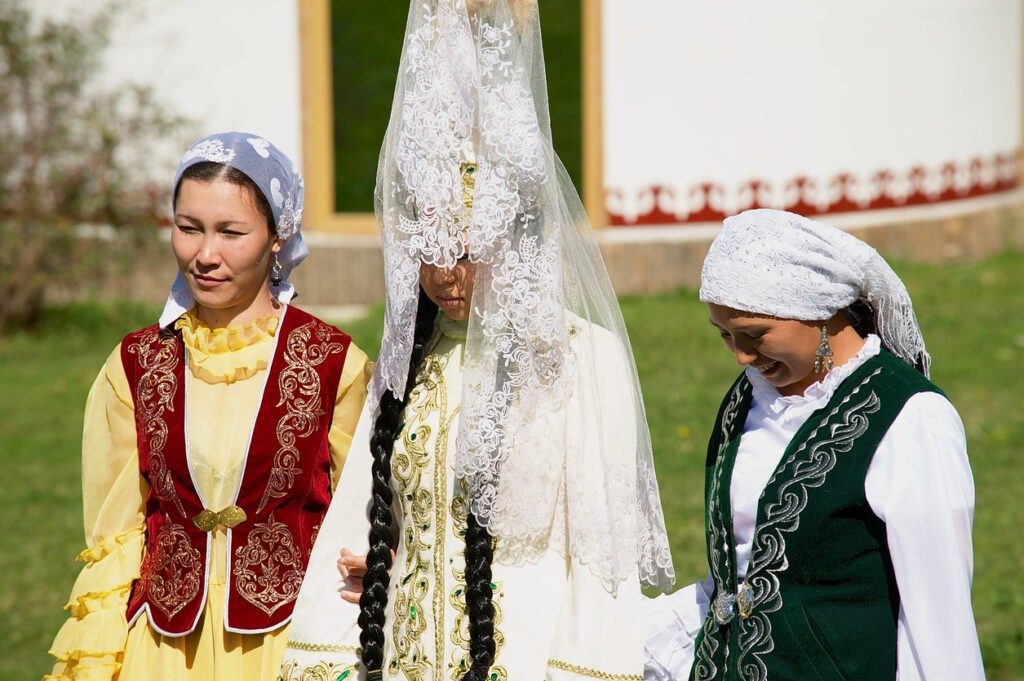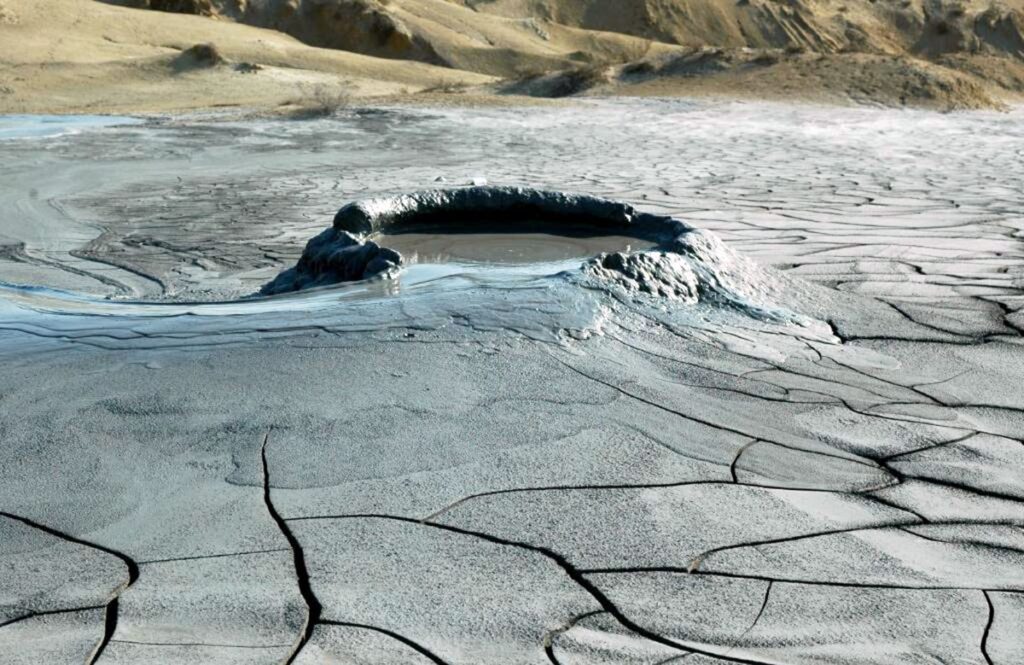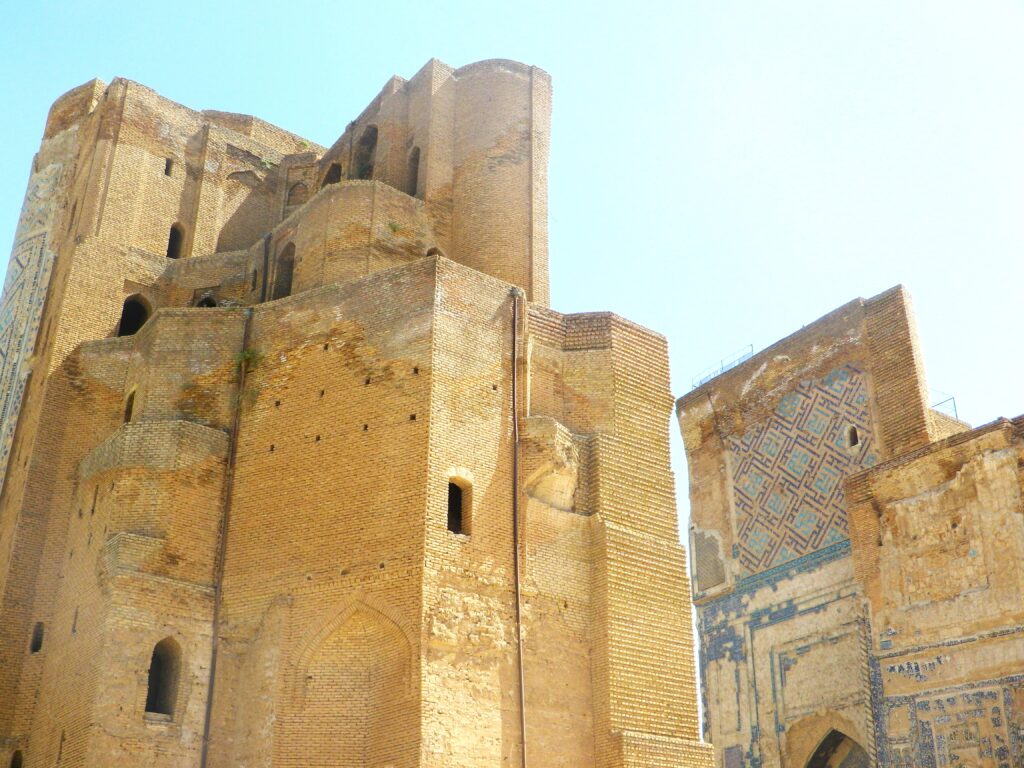Turkmenistan Explores Integration of Artificial Intelligence in Education
Turkmenistan has taken a significant step toward integrating artificial intelligence (AI) into its education system by hosting a scientific and practical conference. Organized by the Ministry of Education in collaboration with the UNESCO Institute for Information Technologies in Education, the event marked progress in implementing the goals outlined in the “Roadmap of Cooperation for 2024-2025.” Key Discussions The conference explored critical aspects of applying AI in education. Topics included the development of education management information systems, improving teachers’ digital literacy, and adapting cutting-edge technologies to Turkmenistan’s specific conditions. Participants also presented a draft strategy for the development of AI in education and highlighted international platforms already in use in this field. Special emphasis was placed on the competencies required for both teachers and students to effectively work with AI. Experts noted that fostering such skills is essential in an increasingly digitalized society and workplace. They stressed that equipping young people with AI-related knowledge could significantly enhance their future professional prospects. Practical Implementation and Examples Turkmenistan is already incorporating AI into educational initiatives. A notable example was presented on October 4 in Ashgabat, where Selin Ataeva, a 12th-grade student at the Swiss School of Dubai and leader of a startup development team, showcased an AI-driven math learning platform. This innovative software adopts a personalized approach to education, catering particularly to students in rural and remote regions. By optimizing the learning process and improving access to quality education, the platform exemplifies the transformative potential of AI in bridging educational gaps. As Turkmenistan advances toward integrating AI into its education system, the conference highlighted the importance of aligning technology with local needs and preparing students and teachers for a digitally driven future. With initiatives like Ataeva’s math learning platform, the country demonstrates a commitment to using AI to enhance education accessibility and efficiency.






